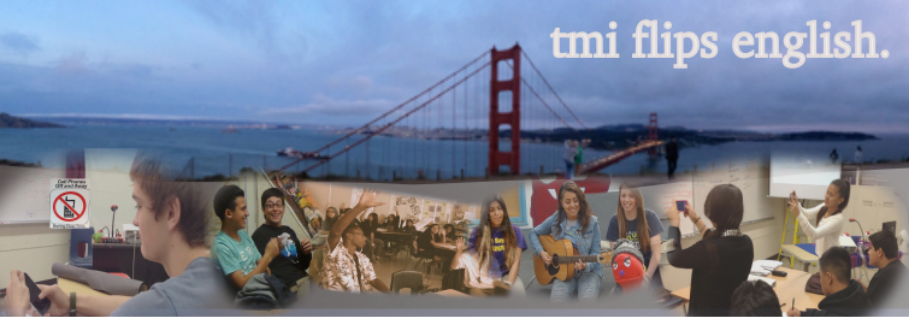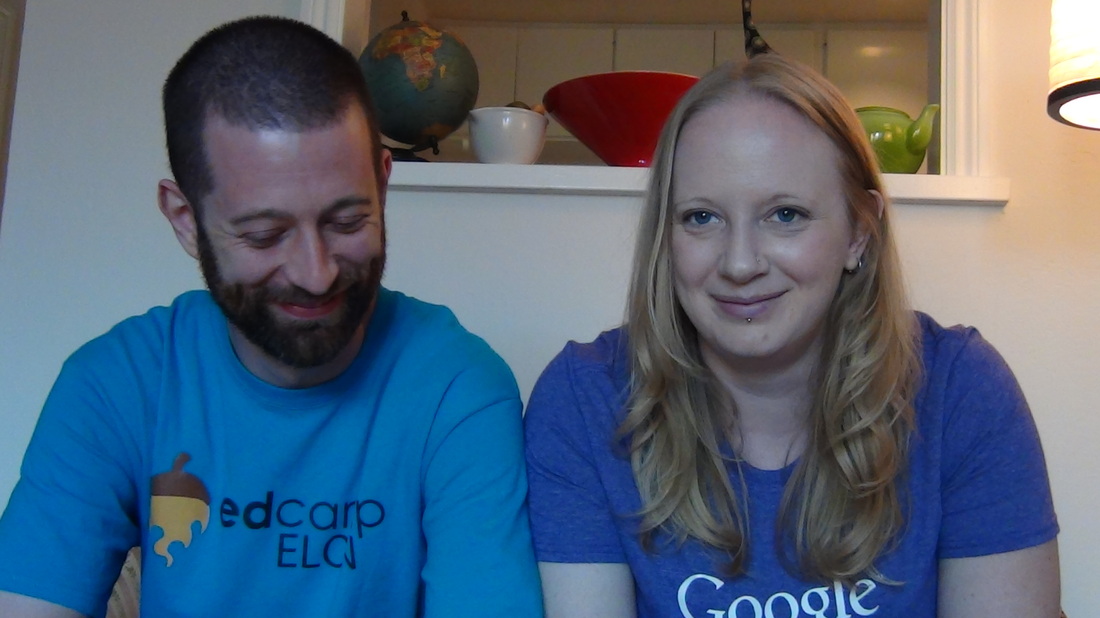I’m sure it’s not shocking that I think teaching writing like that produces mediocre writing and very little critical thinking.
However, Andrew and I have found another way. When we teach writing, we teach students to lead with ideas and evidence, and build an argument out of those ideas and evidence. I know many English teachers think that if you ask students to come up with an idea and to gather evidence without a thesis, they would end up with disjointed, disorganised, lazy reasoning and therefore bad writing.
And most English teachers also probably hate grading those “thesis-driven essays” for reasons enumerated in this post.
Luckily, there is Another Way.
In a nutshell: patterns are everywhere, especially in literature, and authors intentionally build those patterns in order to build meaning without stating it explicitly. And if you break that down to the smallest parts, you can begin to see a text more objectively, and start to determine what the sum of all the small parts should be.
The most intense form of patterning I do with students is asking them to find word patterns using parts of speech. They’d map what verbs the author used and catagorise them as having a positive or negative connotation, and then would turn to finding the adjectives and adverbs and sorting them into positive or negative connotations, and then seeing how they were connected to the characters. That would help them determine the way characters were developed and what their actions were supposed to tell the reader about the overall purpose.
After we generated enough words to fill our Text Circles (a graphic organiser I developed), I would ask students to draw conclusions about the characters, the theme and the author’s intention for writing.
Here’s the thing: asking a student to find a theme, draw a conclusion about a character that is not obvious or explicitly stated, or explain the author’s purpose is daunting to them. That’s why so many “thesis-driven essays” suck - they lack understanding of the story or the analytical sophistication that is the mark of a good writer.
But when they have a text circle in front of them, it makes it ridiculously easy. They have uncovered so much hidden meaning in a text that all they have to do is make it into sentences. And while many students can come up with a text’s theme without this strategy, EVERY SINGLE STUDENT can come up with one when they have a completed Text Circle in front of them.
That’s because patterning requires:
- reading the text incredibly closely multiple times
- gathering evidence in a more objective task way than asking them to “find a quote that proves your thesis”
So even a struggling student who copied all the words off his neighbour’s paper (I'm not condoning that, however, because it’s objective data, it isn’t a huge deal if students copy) can draw original conclusions and develop ideas about the text. In fact, it gives students access to more ideas than they ever would have had on their own, especially if they struggle with literary analysis or reading.
I also have usually asked students to do a large amount of informal writing on whatever the theme or subject of the essay is in the weeks leading up to it, so they have many opportunities to think and also opportunities to gather ideas over a period of time. That helps with the “but I don’t know what to write!” because they have already written it and they have lots of evidence gathered before we even discuss the essay topic.
**
Notice that I told you this would be a post about writing, and instead, I’ve talked about close reading and analysis far more than writing. But that’s another important consideration: all good writing comes from reading. Your writing improves tremendously when you read. The ideas in essays are drawn from your lifetime of reading experience (this blog post was influenced by hundreds of different texts, in fact).
So good writing is predicated by lots of reading. And good writing pedagogy is built on good reading pedagogy.
So once students have developed their original ideas by objectively gathering data on the patterns in the text, they are ready to start writing their essay. And instead of asking them to scan back through the text and find their quotes, they look at their Text Circle and choose the conclusion they feel best able to support through evidence. That becomes the focus of their essay and they write as many body paragraphs as they can using the ideas they developed based on their evidence.
Once they’ve written the body of the essay, they can turn to crafting an introduction that provides context for their reader. In a really successful introduction, the argument building begins even before the thesis, and the content is FAR more than “tell me what you’re going to say.” It begins with choosing which details the reader needs to help them understand the argument, and accept its validity. To use a GPS metaphor, it gives the reader a route preview rather than turn-by-turn navigation. And frankly, the point of turn-by-turn navigation is that it gives you one step at a time as you’re actually at that step. The level of detail required at the start of the journey is more about context - what route am I taking, and how long will it take me. If Siri gave me all of turn-by-turn navigation at the beginning of the trip, I’d probably end up throwing my phone out the window.
That’s how I feel when an introduction is a list of claims the writer is about to make.
In this model, the conclusion is also more than “tell me what you just said” - in fact, it’s the crux of the argument. The conclusion is where all of the pieces of evidence explained in the body paragraphs come together and finally make sense. It takes the threads and draws them together, and then when you step away, you see how the entire thing has connected and it’s beautiful. THAT is how a conclusion should function.
The conclusion is making the case as compelling as possible and drawing parallels between multiple argument strands and delivering the final punch to make sure the reader is convinced. In the standard “thesis-driven essay” the conclusion is usually a waste of the paper it’s printed on because it does nothing new or original or even “conclusion”-y. The teacher reads it and thinks, “What’s the point of this paragraph?” which, by coincidence, is exactly what the student thought as they were writing it.
Essays DEMAND original thinking, whether it be a new take on a classic book, or a path to understanding research on a subject slightly differently, or in explaining why teaching the five paragraph thesis-driven essay is not good for teachers or students. The entire act of writing has to begin with the generation of ideas, and those ideas must be built on evidence if they are to stand.
By asking students to examine the evidence before making up their mind about what they want to argue, we are modeling the scientific process, what lawyers do when in discovery for a case, and how historians reconstruct civilisations long-since gone and buried. All K-12 writing is meant to prepare students for what they will do in the workplace and in academia. So why are we modeling the process backwards?
Lead with evidence. Draw conclusions. Support those insights with commentary that connects each sub-idea with the main conclusion of the paper. THEN worry about the structure of the beginning and the end of the essay. It takes time for students to unlearn the habits they have developed, but if we want students to leave our class able to craft an argument, it is time well spent.
This is the third in a series of posts on the writing process. This post outlines our take on the five paragraph essay, and this one discusses authentic feedback to student writing.


 RSS Feed
RSS Feed
